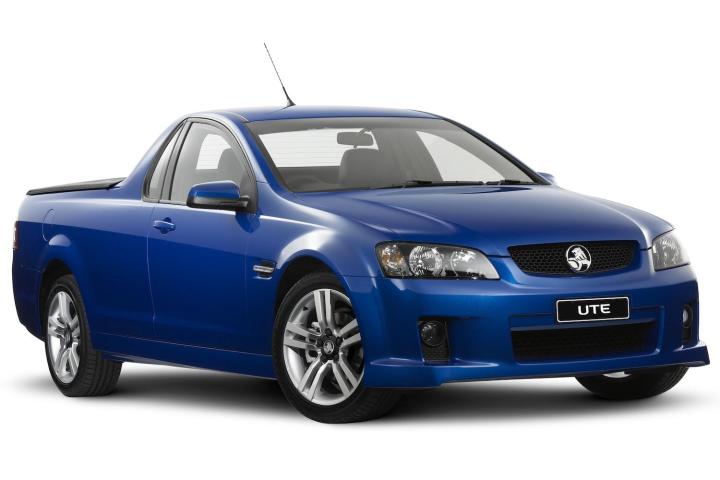
There’s just something about a V8-powered car-based truck that screams freedom.
Our American taste of car-based truck freedom, the Chevrolet El Camino, ended in 1987. But since then, the breed – called ‘Utes’ – lived on in Australia.
If you’re like me, you’ve been hoping that the General Motors brass would reincarnate the El Camino – not because you actually want to buy one but rather because you want to live in a country that still makes and sells a V8-powered Utes.
Well, hold onto your trucker caps, Ute fans; I have some bad news. Holden, GM’s Australian arm, is reportedly discontinuing the Holden Ute in 2016 and with it dashing all American hopes for a re-born El Camino.
Although Holden higher-ups were unwilling to officially comment, Cars Guide is reporting that an unnamed source has confirmed to News Corp Australia that the Holden Ute production will end in just three short years.
This comes just a few months after Australian Ford announced that it, too, is closing up shop and ending Australian-based production – and the iconic Ford Falcon Ute.
There had long been hope that GM might bring the Holden Ute Stateside as an El Camino in one form or another. As recently as early this year, Holden hoped to sell some Utes to American police departments, keeping production numbers up, since the new Chevrolet Caprice is a Holden underneath.
That plan, apparently, never came to fruition.
Back in June, the Holden Ute seemed to be flying high, as the VF SS V Redline rounded the Nurburgring in eight minutes and 47 seconds, setting a record for a commercial utility vehicle on the ‘Ring.
Recently, vehicles from Thailand and Japan have been outselling Australian-built cars in the land down under nine to one. Looks like the Australians can’t compete on their home turf against the Asian imports.
This is a sad, sad day. I had recently realized that Australia was the America that I would ideally like to live in. Australians still love motor racing, V8s, and Utes. Now, it would seem, they’re down to two of three. Bugger.


